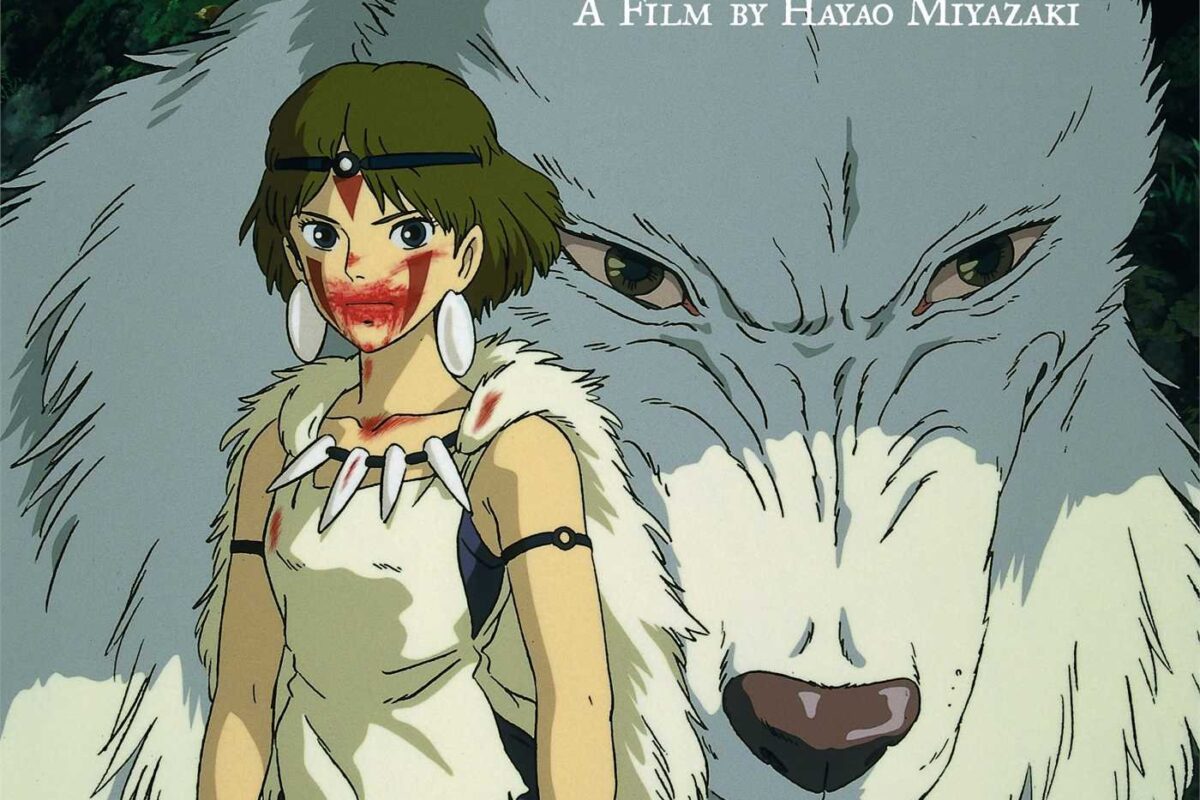Thelongestfilm.com – fact of Princess Mononoke. This Studio Ghibli film, which released in 1997, is considered Hayao Miyazaki’s best work. Princess Mononoke is an exploration of the complex relationship between humans and nature and a warning against the damage capitalism and industry can do. This film is definitely something anyone can watch, but where it came from and its influences can be a bit more confusing for audiences.
In the following, we take a closer look at “Princess Mononoke,” as adapted from the screenshot.
1. Setting Inspired by Yakushima Island
Many of Miyazaki’s films feature protagonists coming into contact with Japanese gods and natural spirits. The forest in “Princess Mononoke” is full of just that. The design of the forest itself is based on a real-life location, the island of Yakushima, which is located at the southernmost tip of Japan. This world heritage site almost completely covered in dense forest and filled with rare animals.
2. Kodama: A tree spirit from Japanese folklore
Small white creatures with their quiet and mysterious natures appear in several scenes of this film. It turns out that the character who acts as a road guide comes from Japanese folklore. Literally translated as ‘tree spirit’, Kodama traditionally resembles the tree itself, but humans cannot tell the difference.
This served as a means of preventing people from cutting down trees so as not to disturb the forest spirits. The echo phenomenon found in the forest can said to be related to the power of the Kodama.
3. An Iron City worker is suffering from leprosy
Throughout traditional Japanese history, lepers were driven from their hometowns and sent to isolated sanitariums. Their families would be shunned by their neighbors, and it was often believed that the disease was caused by divine intervention as punishment for sin or bad behavior on the part of the victim.
In the film “Princess Mononoke,” lepers are given new goals and opportunities where they can work and become useful members of society thanks to Lady Eboshi.
4. Ashitaka’s name means “Bright Tomorrow.”
Prior to the first arrival of Chinese in Japan, Japan did not have a formal writing system. Because of this, they adopted Chinese characters and molded them into their own language. This means that Japanese names consist of the same characters or are referred to as “kanji.
This is why many girls’ names in Japanese end in ‘ko’, for example. It means ‘child’.
In “Princess Mononoke,” the protagonist Ashitaka’s name consists of the characters for “tomorrow” and “sunny.” This is likely a deliberate choice by Miyazaki to imply that the protagonist tasked with leading the world towards a brighter tomorrow.
5. Fact of Princess Mononoke: San (Mononoke) means “three.”
As the female protagonist, Princess Mononoke never mentioned in Japanese or English. This is what confuses many people. In the film, he referred to as ‘San,” which in Japanese means ‘three’. This the literal name given to him by the Moro wolf spirit who raised him.
San Moro’s third child, and this why the name chosen. Although he not actually Moro’s real child, he saved and raised by him after San’s parents gave him to him as a sacrifice to save their own lives.
6. Mononoke means “unknown thing.”
The word “mononoke” in Japanese has a long history and has evolved over time. A more recent understanding and use of the term refers to the ‘unknowable’, a mysterious and enigmatic power that is difficult to see or even comprehend, a kind of strange presence.
This is the intention behind calling San ‘Mononoke’ in the film. He a wolf cub, something other than human that seen as something of an urban myth.
7. Mononoke’s Historical Roots
The origin of the word “mononoke” actually dates back to 11th-century Japan’s Heian period, where The Pillow Book said the word referred to a mental illness suffered by a woman.
Several years later, The Tale of Genji (which considered the world’s first novel) explained that Mononoke a spirit of the dead who rises, inhabits, and then controls the bodies of living women.
8. Spirits Coming from Shinto Gods
Even though 99% of Japan is an atheist country, Shintoism is Japan’s oldest religion. Shintoism laid the foundation for much of the nation’s culture, architecture, clothing, and arts, which are still used and celebrated today.
The religious pantheon consists of thousands of kami (gods), all of whom have an intrinsic connection with nature. In “Princess Mononoke”, the Kodama mentioned, as well as the wolf god Moro, the forest spirit/deer spirit, and the boar god Nago, are all kami of Shinto origin.
9. Fact of Princess Mononoke: Shinto-Inspired Themes
Shintoism has at its heart the relationship between man and nature. You can draw parallels between the gods of Shinto and the gods of Greek mythology, where certain gods were in charge of certain aspects of nature.
In the film, Shinto’s influence goes even deeper than that, exploring how humans betrayed and poisoned nature, losing its connection with us.
The wild boar god Nago dies from a human bullet and goes into a rage, and Moro has vowed to protect his adopted human daughter San from the dangers of the human world.
10. A Post-World War II Commentary
Especially after the events of World War II, Japan broke away from its Shinto roots. Although Japan had been ‘modernizing’ for nearly a century by that time, it was the end of the war and the end of the Japanese empire that started Japan’s great shift towards a capitalistic industrial nation.
Miyazaki had used “Princess Mononoke” as a statement against industrial developments in Japan. He wanted to remind the Japanese people of their heritage and nature-focused traditions before the country got too far. He believes in the discipline and respect for nature that Shinto can offer, which he fears have been lost over the past few decades.
Those are the facts about Studio Ghibli’s Princess Mononoke movie that you should know.


